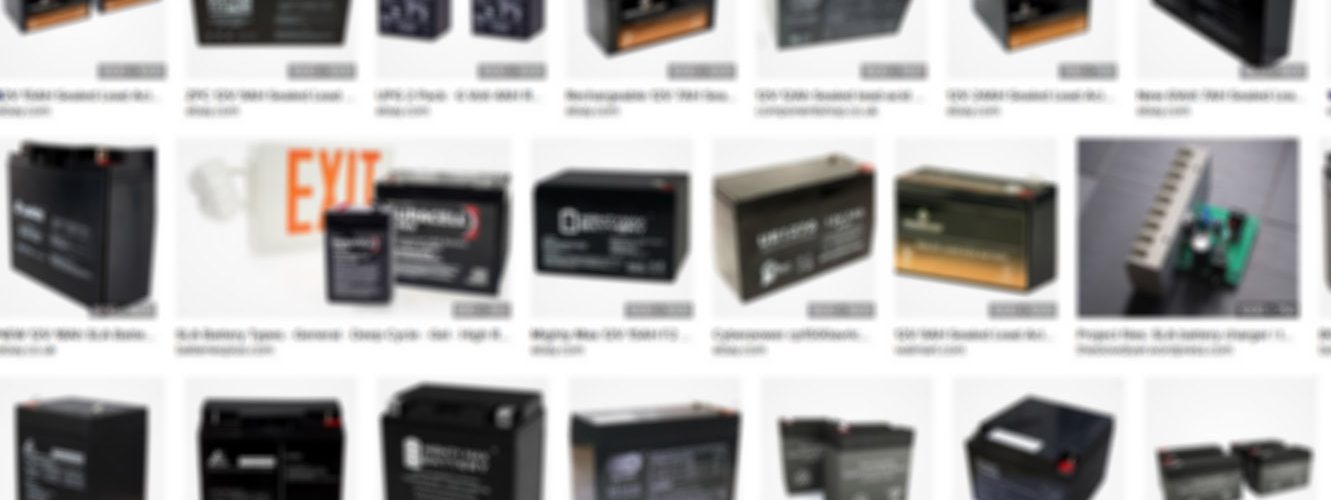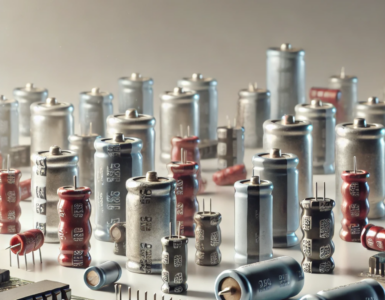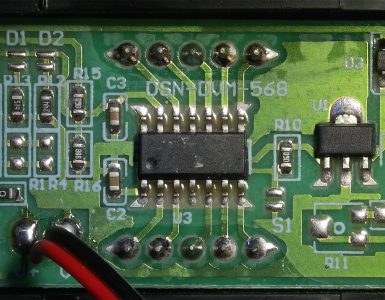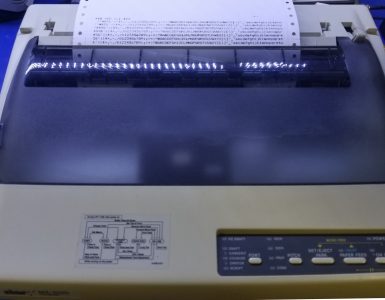I recently had a need to provide a battery backup solution for a CPAP machine. A CPAP machine helps people, who suffer from sleep apnea, get a good night’s rest. About 20 million Americans suffer from this condition. This machine provides a large amount of heated, humidified air through a mask. Motors (like those driving a large air pump), and heaters (heating the water to prevent drying out membranes) take a lot of power. The CPAP machine consumes 35w nominally, and 90w peak. I know this because the power supply is rated for 90W, and my kill-a-watt meter measured about 35w during normal usage. Several forums posts confirmed this number.
Problem
Provide a battery backup solution that can provide 35w average and the ability to serve 90W when needed. It must run continuously for (8) hours. The CPAP takes 24vdc at 3.75A maximum.
Solution 1 — APC Uninterruptible Power Supplies (about $1200!!)
The problem with this solution is mainly the cost. I use at least 3-4 UPS’s around the house to provide emergency backup power (for both blackouts and brownouts) for mostly computer-related equipment and is my go-to solution for these types of problems. The main reason why this solution fails is because of price. It’s turnkey — simply plug the CPAP Power Supply into the UPS, UPS into the wall-outlet and you’re done. However, the price is minimum $1200 USD. This is just too expensive.
Solution 2 — Use a large battery(12V DC), and a pure sine wave inverter (about $225 USD)
This inverter the DC voltage from the battery and takes it back to AC. Plug the CPAP power supply into the inverter. You must use a pure sine wave one because the modified sine wave output from a traditional inverter is too dirty for sensitive medical equipment. There used to be a huge premium…..now just make sure the description on Amazon includes that phrase. This solution is reasonably priced but it’s inefficient. Converting from 12V DC to AC(inverter), then AC back to DC(CPAP power Supply) is taxing you twice on the same power. While newer solutions are more efficient than yesteryear, it’s still not great!
Solution 3 — Use a large battery and a 12-24VDC converter. (about $200 USD)
Instead of using an inverter to go DC to AC and back again, like Solution 2, you could convert the 12VDC to 24VDC using a $40 100W-capable converter from a company like Meanwell. The problem here is unlike traditional DC powered equipment where you just identify the DC barrel connector and provide the right voltage, support for the right maximum current, and polarity — the CPAP has to be different. I believe in order to lockout lower-priced third party solutions, ResMed, the CPAP manufacturer uses a small 0.5mm center pin that contains data. That’s right, the power supply actually talks to the CPAP machine confirming its capability. I highly doubt this is functional, but more revenue-preservation. Some older Dell and HP laptops also did this same trick. While you CAN reverse-engineer the 1-wire protocol and fool it, it’s just not worth my time to do so.
Solution 4 — the final answer: Use a large battery and ResMed’s 37297 12-24VDC converter solution. (about $222 USD)
Lo and Behold that Resmed makes a 12-24vdc converter solution, but unsurprisingly, it’s not $40. This converter is currently priced on Amazon at $67, lists for $180. The converter is high-quality, as is the supplied needed cabling. I bit the bullet and purchased this. This is an efficient solution, although there’s still some losses to the system.
I highly recommend this useful document directly from ResMed. This Battery Guide provides maximum current draw for different pressures and modes, gives compatible part numbers, and is really very useful. Someone spent the time to put this together, and perhaps this is why you see expensive associated R&D costs.
I’m in the process of evaluating a 75AH Mighty Max SLA battery, and in my next post, I’ll cover a recent test I performed to ensure it has the advertised capacity. I’ll also include some CPAP images as well.
















Add comment